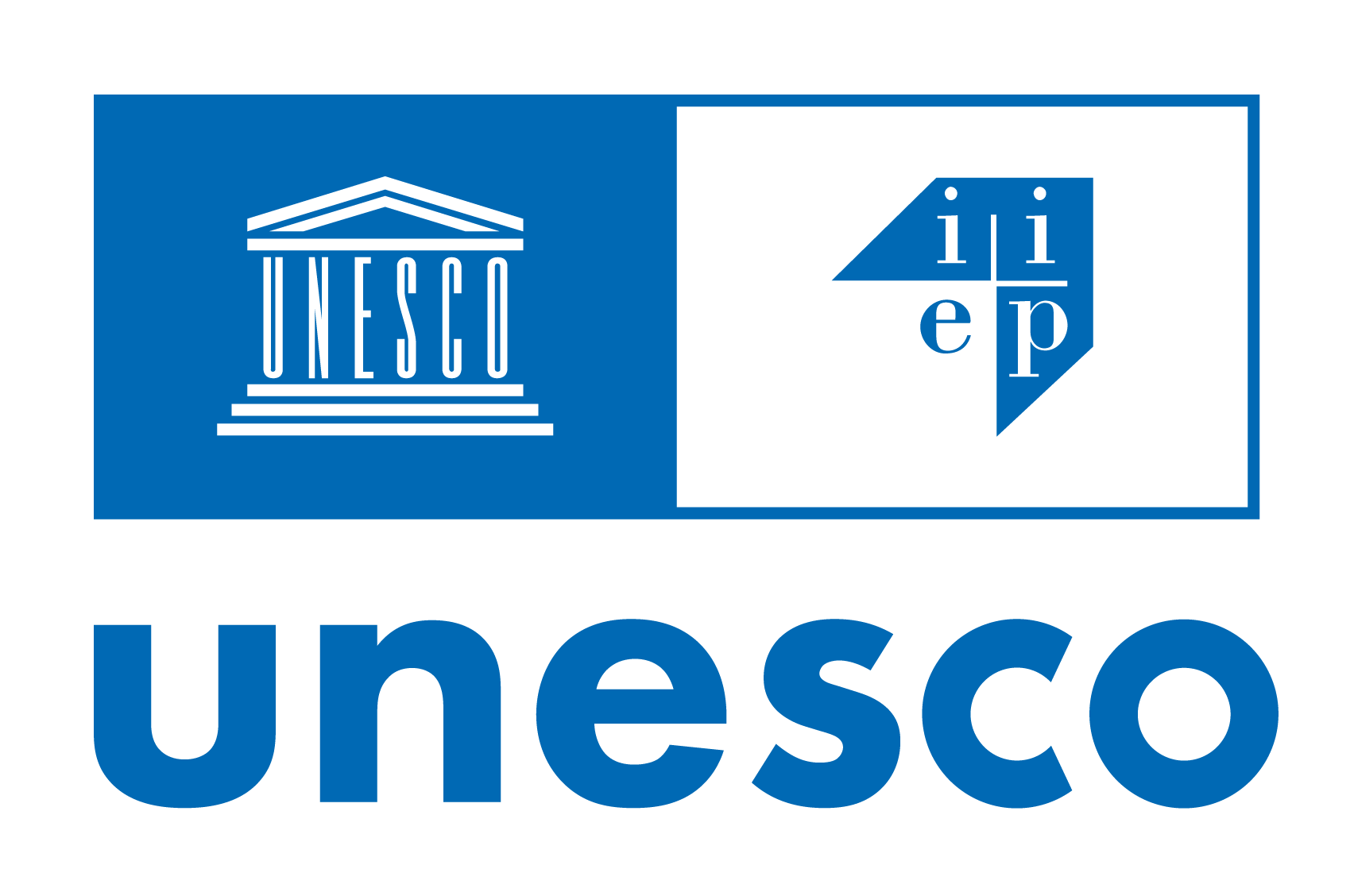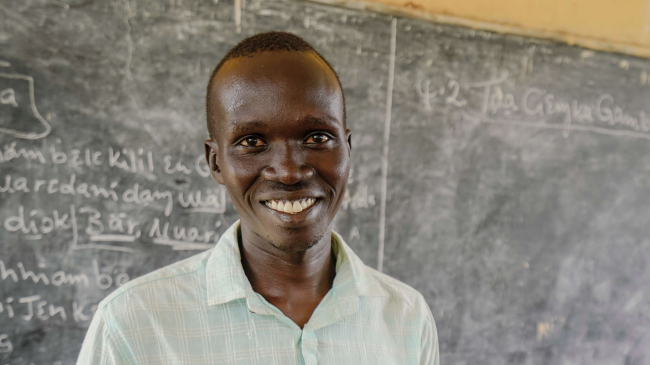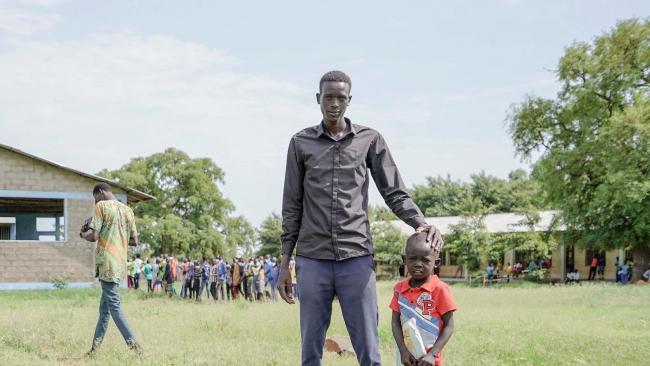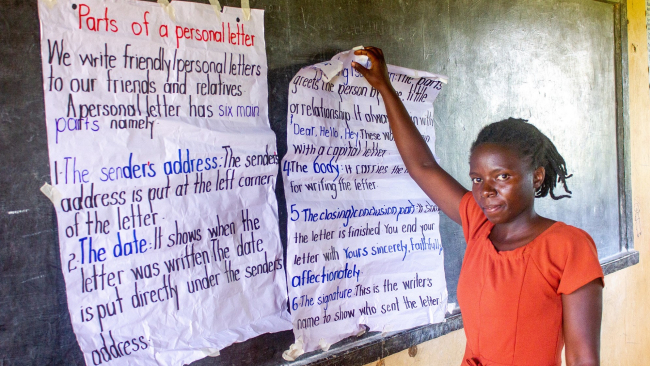The "UNESCO Guidelines for Assessing Learning Facilities in the Context of Disaster Risk Reduction and Climate Change Adaptation" will be published in the occasion of the International Day for Disaster Risk Reduction 2019.
The Guidelines, composed of three volumes,provide detailed information on the VISUS (Visual Inspection for defining Safety Upgrading Strategies) methodology and on how to adapt it to a particular context. They aim to group the necessary elements of information for an assessment of the physical vulnerabilities of learning facilities from a multi-hazard perspective.
UNESCO has tested the VISUS methodology in seven countries (El Salvador, Haiti, Indonesia, Italy, Lao People’ Democratic Republic, Mozambique and Peru) with positive results. More than 11,000 buildings in about 1,700 school complexes, and most importantly, the safety of more than 500,000 students and education personnel, have been assessed in the pilot projects. Furthermore, through this widespread application, knowledge has been gained on the accuracy of the methodology and the indicators. The data and information gathered during the seven pilot projects have been used to update and improve the VISUS methodology. The positive feedback from the pilot projects led UNESCO to prepare these guidelines for assessing learning facilities in the context of disaster risk reduction and climate change adaptation. The methodology has been peer reviewed by more than twenty recognized scientific institutions worldwide, and their recommendations have been integrated into this publication. The intended audience for the guidelines comprises decision-makers and practitioners in education infrastructure.





